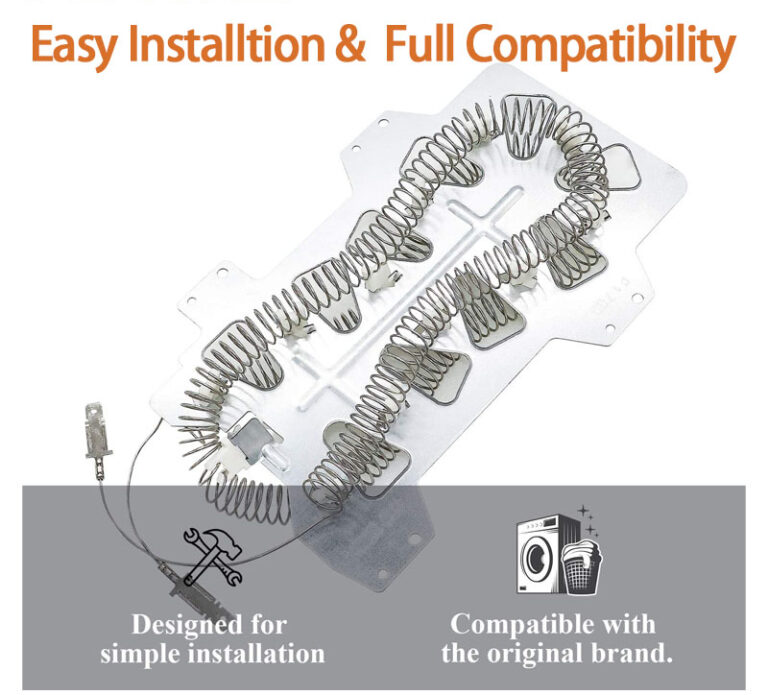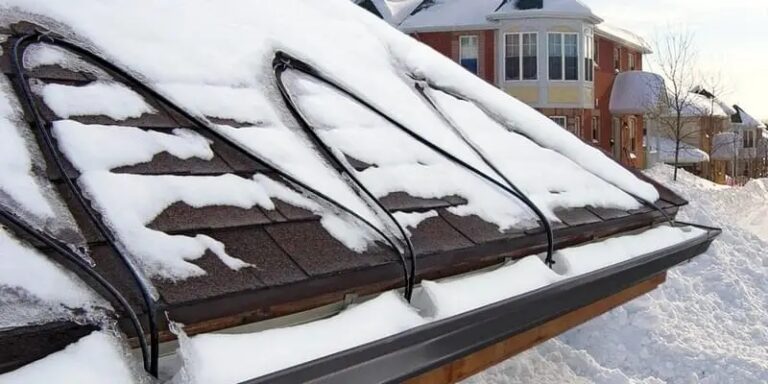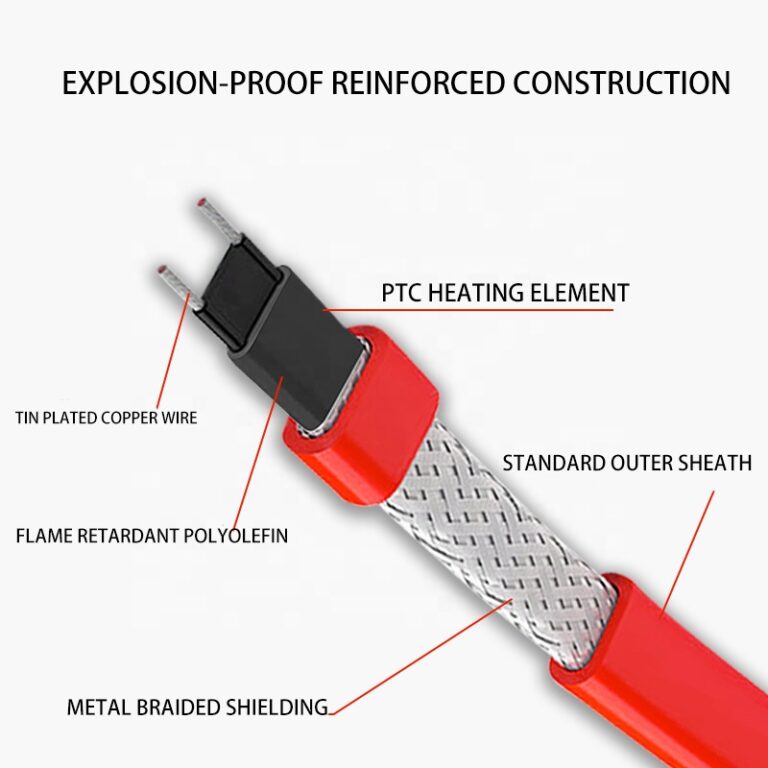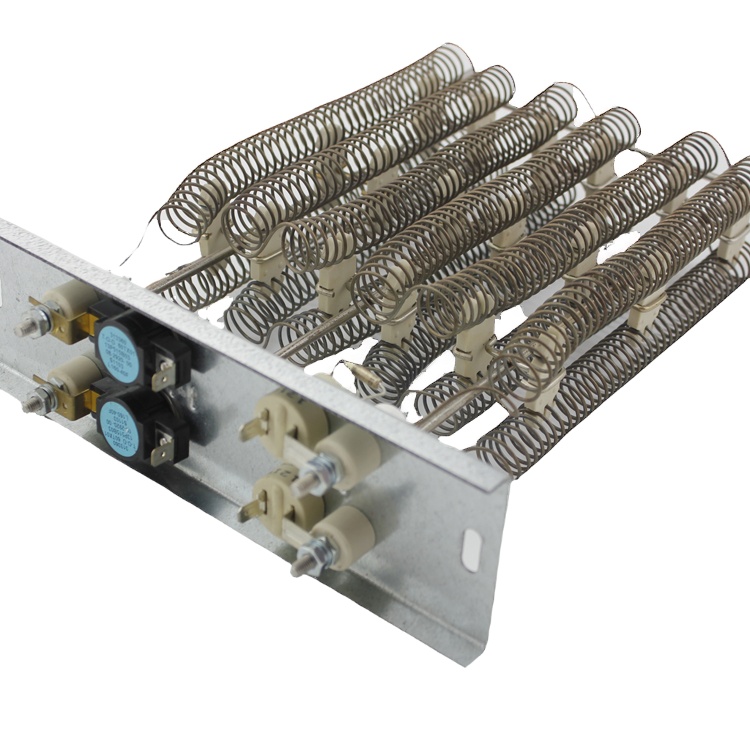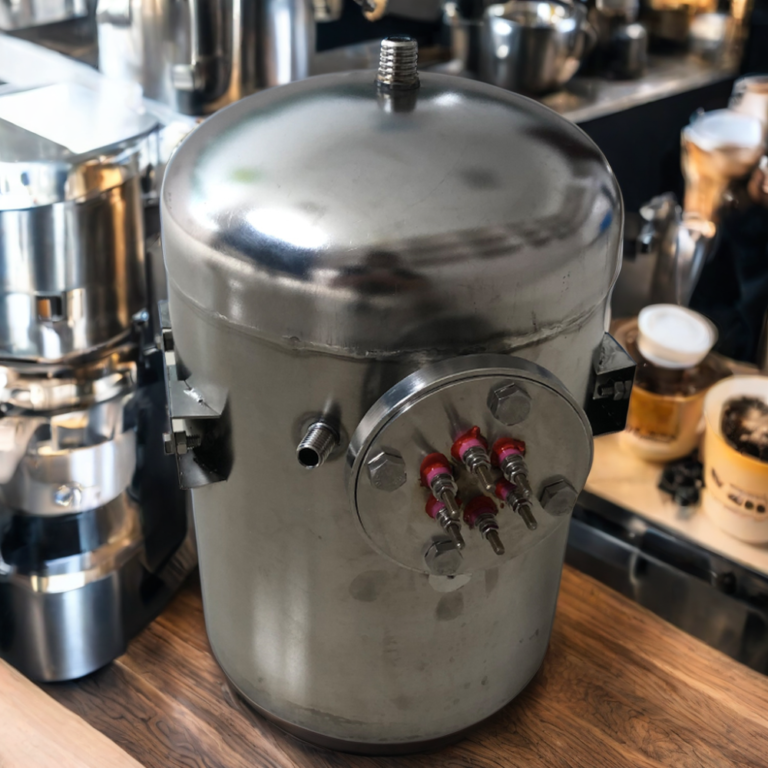constant wattage and self-regulating heat trace
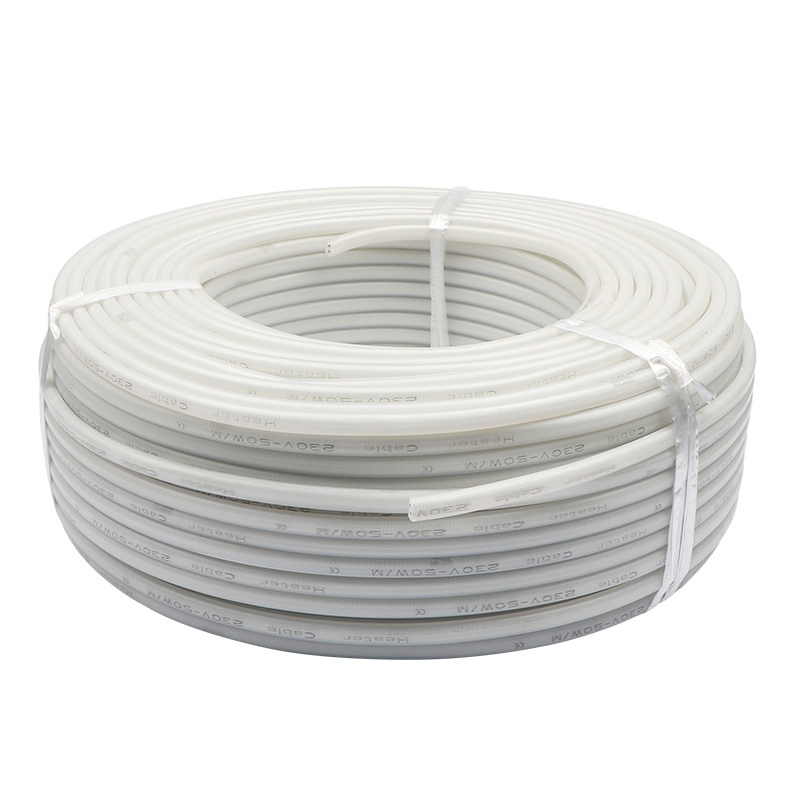
Electric heating is a dynamic world of intricate systems, crafted to deliver the power of warmth. Two key players, in this domain, are the constant wattage and self-regulating heating cables. They are similar in their pursuit of creating a comfortable environment, but vastly differ in their mechanism and performance. Let’s delve into their unique characteristics.
Starting with the constant wattage heating cable, as the term alludes, it delivers a fixed, unchanging power output that remains steady along the length of the cable, regardless of the temperature. To state quite simply, it’s a cable with a set power, and it holds true to that power. The cable consists of a heating element that is helically wrapped around an insulated conductor. This heating element then generates heat, which we welcome with open arms on a chilly winter day.
On the flip side, the self-regulating heating cable is a marvel of technology that performs with a high degree of flexibility. Unlike the constant wattage cable, it doesn’t stick to a single power output. Instead, the power adjusts depending on the temperature all along the cable length. When things heat up, the power output decreases, conversely, it escalates as the temperature drops. This smart response is achieved through embedding conductive particles into the cable’s polymer core, enabling it to vary resistance as needed.
Each type of cable has its unique advantages. The constant wattage heating cable, with its unwavering heat output, assures consistent heating along its length. This feature makes it ideal for applications requiring uniform heating, such as pipe tracing or underfloor heating. However, the downside lies in the lack of automatic power reduction, which may lead to higher energy consumption or even hazards if not managed properly.
| Output Power | 25W/M | 40W/M | 50W/M |
| Voltage | 220V | ||
| Lead | 0.75 Square | ||
| Wire Insulation Material | Silicon Rubber | ||
| Heating Body | Cu-Ni Alloy Wire | Cu-Ni Alloy Wire | NiCr Alloy Wire |
| Heating Coil External Insulation | Silicon Rubber | ||
| Heating Body | 5mm*7mm | ||
| Use Longest Limit | 65M | 50M | 44M |
| Distance between Nodes | 0.5M | ||
| Immergence Withstand Voltage | AC3500V | Insulation Resistance | ≥200mn |
self-regulating heating cable steps forward with its advantage of energy efficiency and safety. Its ability to decrease power in warmer areas and increase in colder spots means that it only uses the energy it needs. This attribute, coupled with the reduced risk of overheating, makes it an attractive option for frost protection and temperature maintenance applications. However, it’s essential to note that the initial cost may be higher due to the sophisticated technology involved.
In conclusion, the comparison between the constant wattage and self-regulating heating cables presents a vivid picture of the unique strengths each brings to the table. It’s crucial to understand these differences, as it helps choose the right cable for your application, ensuring efficiency and safety. It’s not about which cable is better, but rather a question of which is more suited to your specific needs.

